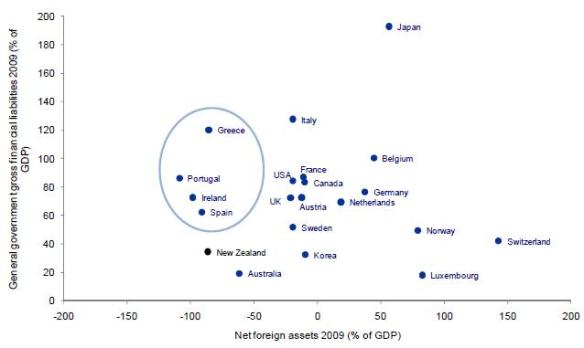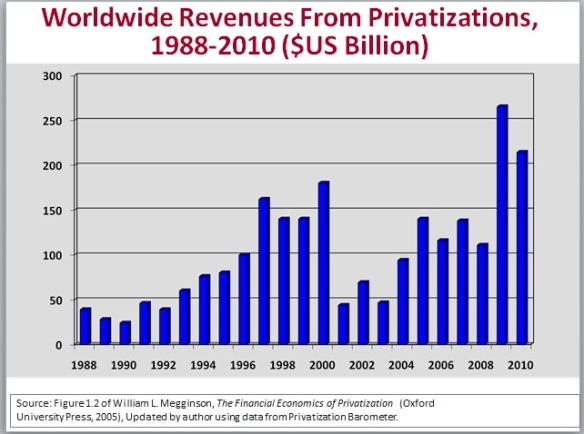Following the February earthquake, some Christchurch schools have been ‘hot desking’ at other schools, including Shirley Boys High School at Papanui High, and Avonside
Girls at Burnside High. Although no doubt challenging and disruptive for all involved, it’s one of many innovative solutions Cantabrians have come up with to cope with the disaster. Earthquake aside, making more efficient use of all existing school facilities would make a lot of sense. Running two shifts at schools could also provide much greater flexibility for teachers and students.
Now the Christchurch City Council is considering removing school zones for central
Christchurch residents as part of a plan to encourage families to live in the central city. While the proposal has been seen by many as an interesting idea worth considering, much concern has been expressed about the impact it might have on ‘popular’ schools and the pressure it would place on their rolls.
As Shirley Boys High School principal Peter Laurenson said in The Press:
“Look at a school like Burnside. If they suddenly had an extra bunch of people who were qualified to go into the school, they could have so many children in the school that they couldn’t place them.”
True. So does that mean those in the zones of unpopular or inferior schools should just have to stay and put up with them? Instead, why not consider letting a popular school like Burnside set its own roll limit to fit its facilities and, if it chooses, take over the property and facilities of one of the ‘unpopular’ schools, and create a second campus with all the elements that has made Burnside so successful?
Freedom to allow schools to open, expand and close in response to demand is one of the three key features of successful school systems (such as Sweden’s) that allow parents and students to choose the school that best meets their needs. In New Zealand, however, the Ministry of Education has always been reluctant to open new schools when there is spare capacity in existing ones nearby, or allow failing schools to close.
The key
features of school choice are set out in the Education Forum publication School Choice: The Three Essential Elements and Several Policy Options by Stanford University Professor Caroline Hoxby, along with clear empirical evidence of the benefits of such systems, especially for disadvantaged children.
The other two key elements are: having the funding follow the student, thereby ensuring
all schools are on the same footing; and independent management that frees schools from bureaucratic micro-management, and union interference, and allows them to innovate in teaching practices, pay, curricula and school organisation, including the length of school days and years.
Mr Laurenson was also concerned about the gap between students from within the zone and those who came from elsewhere:
“Suddenly you’ve got part of a school zone that has no physical or geographical relationship with the school.”
Not a strong argument. As commenters on The Press article affirmed, plenty of children travel well out of their neighbourhood to attend their chosen school, especially the children of the better-off who can afford to bypass a failing local school and send their child to an independent school. Some are so determined to get their child into a ‘good’ school they’ll even upsticks and move into its zone. As families living in Epsom would report, the impact on local real estate values is obvious. No doubt those in Burnside’s zone feel the same effects.
Christchurch has a chance now to be a trail blazer and give its citizens, especially those
from the city’s shattered Eastern suburbs, a chance to choose their children’s schools.
What could be bad about that?




